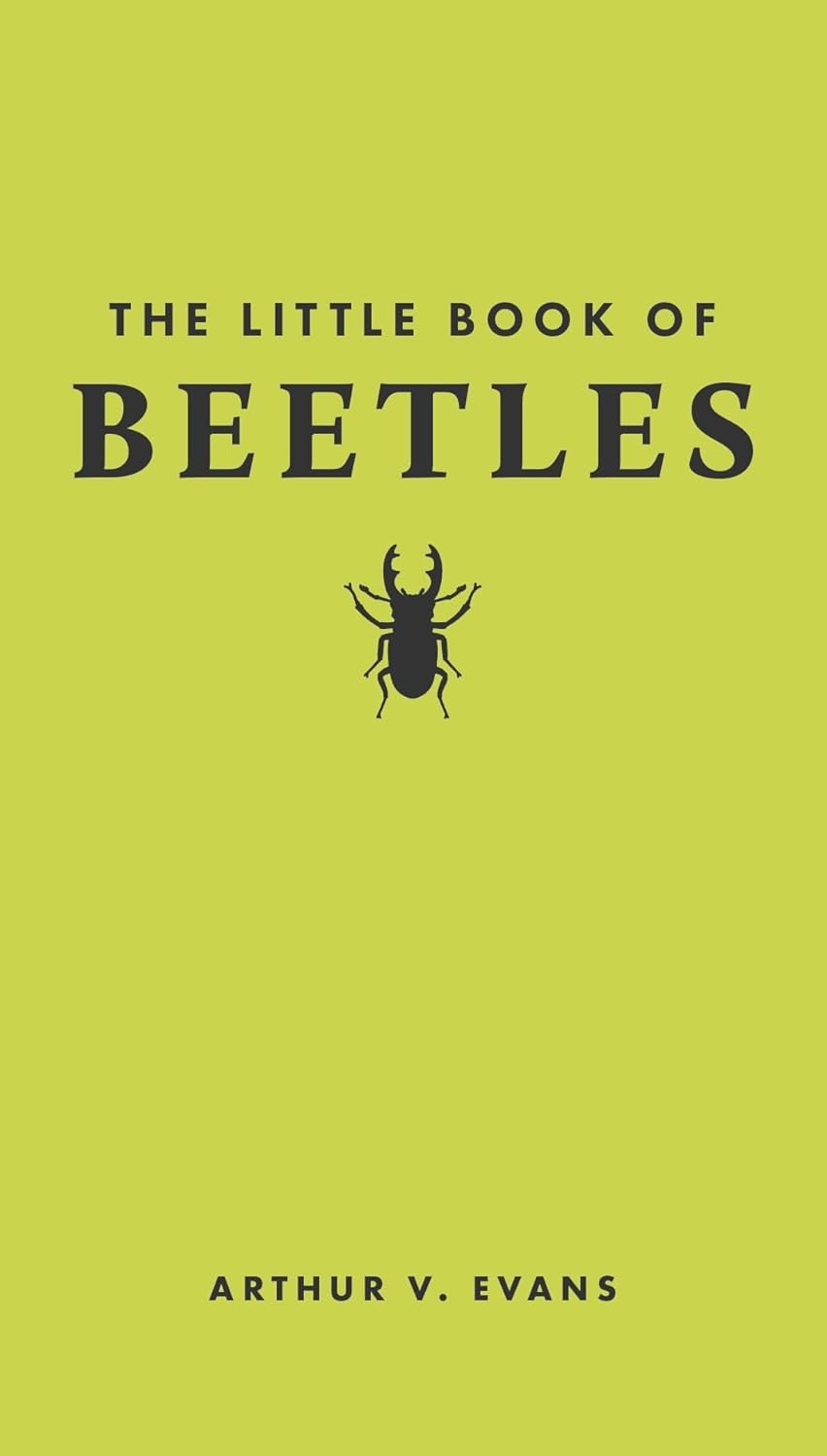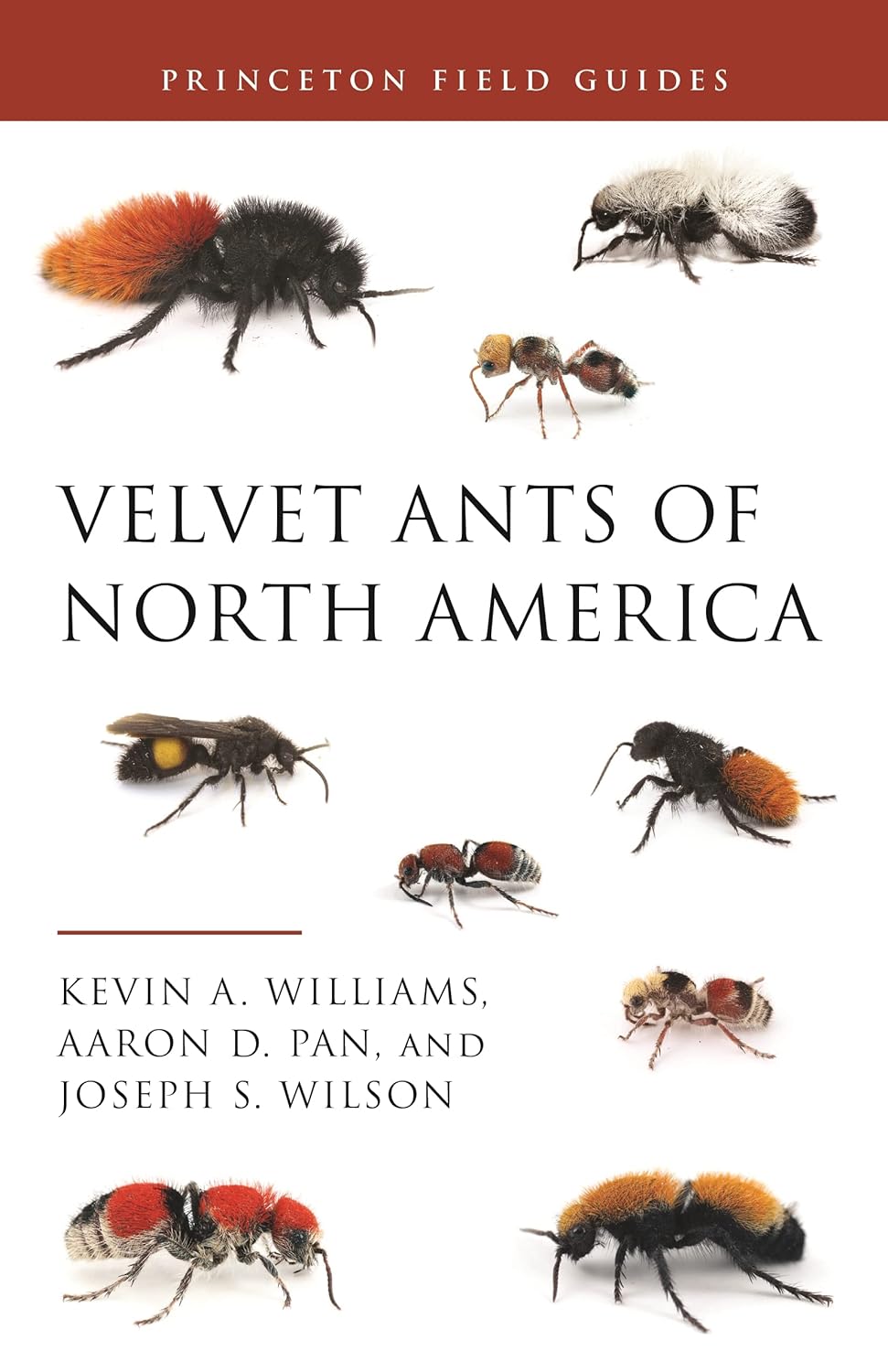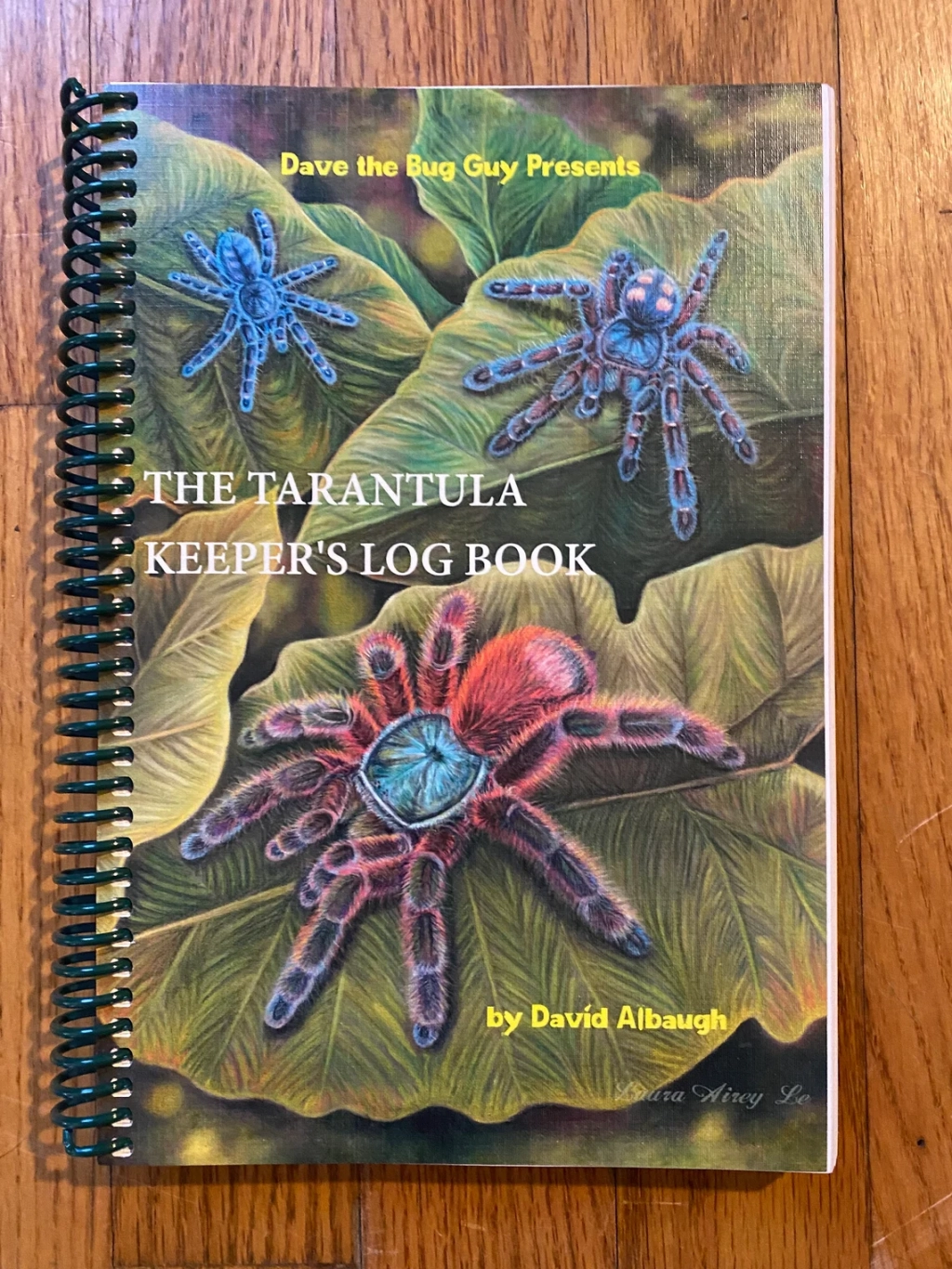The Regal Moth (Citheronia regalis), though beautiful in its own right, is perhaps better known for its caterpillar, known as the Hickory Horned Devil. These caterpillars get huge, reaching a length of six inches by the time they are ready to pupate. It’s range is the eastern portion of the United States, east of the Great Plains. Unfortunately it has been some time since this spectacular species has been reported in Rhode Island and Massachusetts.
Ash (Fraxinus), Butternut (Juglans), Buttonbush (Cephalanthus), Hazel (Corylus), Hickory (Carya), Oak (Quercus), Pecan (Carya), Persimmon (Diospyros), Privet (Ligustrum), Sassafras (Sassafras), Sumac (Rhus), Sweetgum (Liquidambar), Sycamore (Platanus), Walnut (Juglans), Wild Cherry (Prunus), Willow (Salix).
The ova of Citheronia regalis are large and somewhat flattened, being a yellowish-cream color. They are somewhat translucent and just prior to the larva hatching, the egg will darken and you can see the developing caterpillar inside. They usually hatch within 6-10 days of being laid.
The larvae are somewhat large when they hatch out, relatively speaking compared to other species of giant silk moths. They are black in color and feature six “horns” close to the head. They do develop quickly and each instar differs from the last in appearance.
 Newly hatched Citheronia regalis larva, showing how small they are when they start out.
Newly hatched Citheronia regalis larva, showing how small they are when they start out.
 First instar larva on sweetgum (Liquidambar).
First instar larva on sweetgum (Liquidambar).
 A week later and the larva has almost doubled in size.
A week later and the larva has almost doubled in size.
The caterpillar is one of the largest caterpillars in the world, both in length and in girth, and people who accidentally find them often freak out, not knowing what they are. They are absolutely spectacular to look at! Just before digging itself into the ground to pupate, the color turns from green to an translucent blue-green. The name Hickory Horned Devil is a well-suited name for this caterpillar.



The pupae are very typical for members of the Citheronia genus. They are a dark reddish-brown to almost black in color and are quite large and stout. They can be found underground in a cell at the base of the foodplant.

The adult moth is one of the most spectacular looking moths in the United States, easily rivaling Hyalophora cecropia and Actias luna. Females can have a wingspan of up to six inches and the forewing colors is sepia with veins lined with rust with cream to yellow patches near the tips. The hindwings are also rust-colored with yellow patches along to top edges. The hairs on the very large bodies are red and cream.



If I had to recommend one moth to raise to anyone, this would be it. Every aspect of this creature’s life is amazing and something that truly needs to be experienced.
~David Albaugh
















Leave a comment